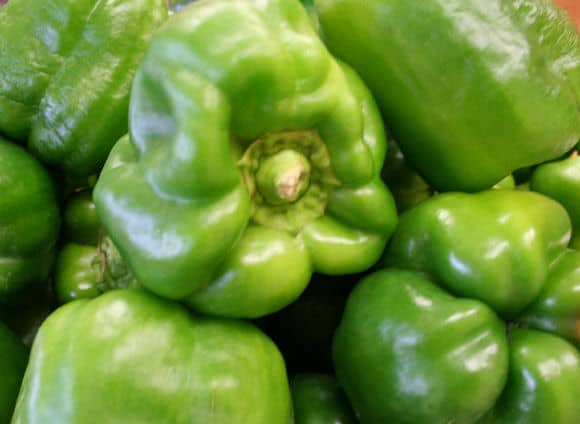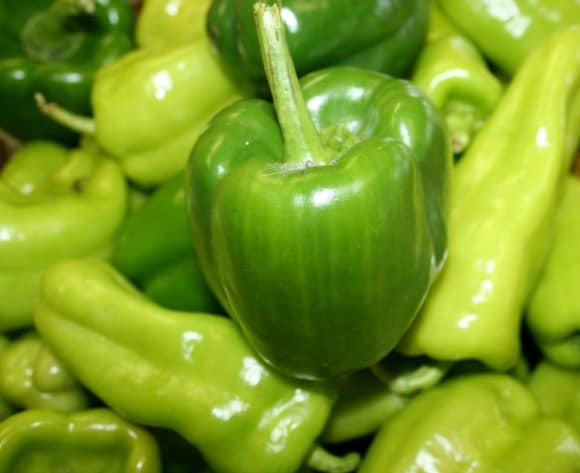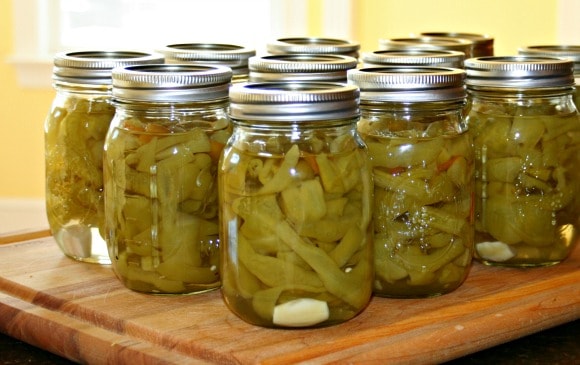
How to Grow Peppers
Peppers really are a hot-weather plant. Start them indoors from seed 8 to 12 weeks before the frost-free date for your region, but make sure it is really and truly warm outside before moving the plants outdoors, and even then, make sure you take your time to harden off the seedlings. You can also purchase plants at the nursery and garden center.
- Peppers need full sun, and rich, well-drained soil.
- They prefer a pH of 5.5 to 6.5, slightly acidic.
- You can grow peppers in the ground or they do very well in large pots or containers for those who live in apartments or who have limited sunlight. For many years when I lived on Long Island, the garden was shaded by mature oak and maple trees growing on the neighbor’s property. The only truly sunny spot I had was the deck in the back of the house. So I grew my entire vegetable garden in large pots, and peppers were one of the most prolific and productive plants. Once they get growing and the hot weather sets in, they really take off!
- Space them at least 18 inches to 36 inches apart. Some people stake them, or tie them to stakes, but I never have. I grow large green bell peppers; other kinds may need support.








My mother was once given a plant which thrived indoors and she got lots of peppers (sweet) from it. She gave it to me later and it didn’t like me one bit.